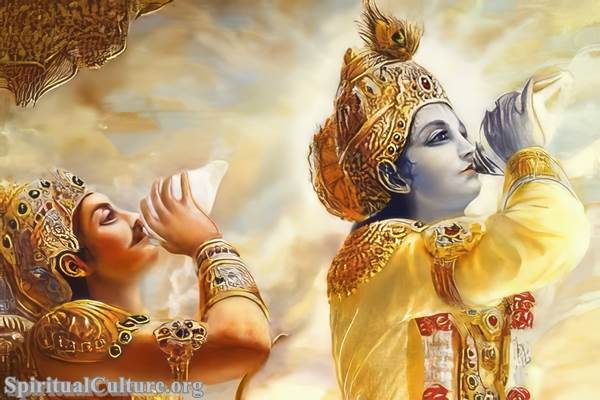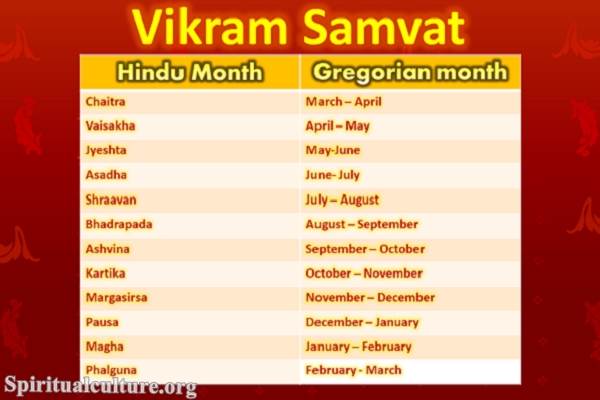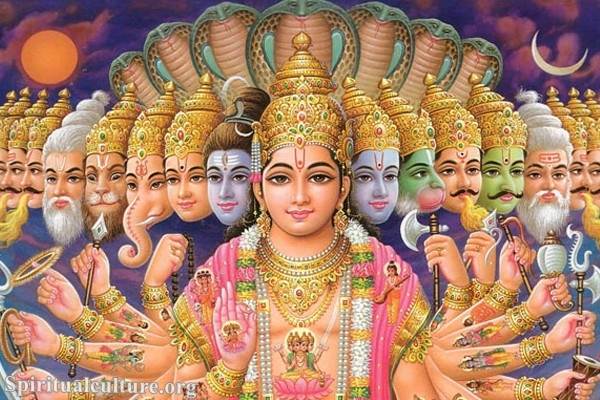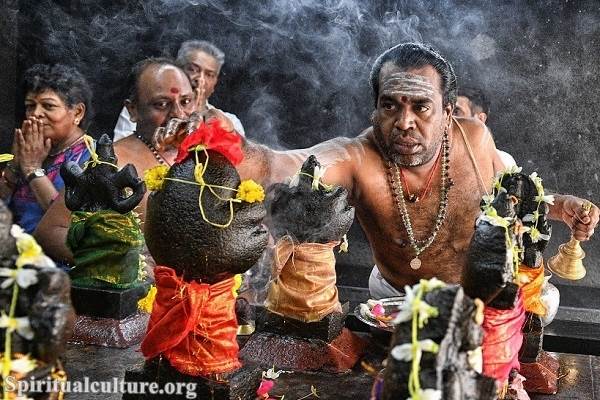The conch shell, known as “Shankha” in Sanskrit, holds significant cultural, religious, and symbolic value in Hinduism.

It is one of the most ancient symbols used in religious practices and is associated with various deities, including Lord Vishnu.
Here are some key aspects of the conch shell and its symbolism:
Primordial Sound:
The conch shell is considered a symbol of the primordial sound and the essence of the universe. When blown, it produces a deep and resonant sound that is believed to represent the cosmic vibration or the sound of creation. In Hindu cosmology, the universe is said to have originated from the sound “Om,” and the sound of the conch is associated with this sacred syllable.
Connection to Lord Vishnu:
The conch shell is a prominent attribute of Lord Vishnu. In Hindu iconography, Vishnu is often depicted holding a conch, known as the Shankha, in one of his four hands. It symbolizes Vishnu’s power to create and sustain the universe through the divine sound.
Religious Ceremonies:
The conch shell is widely used in Hindu ceremonies and rituals. It is blown at the beginning of auspicious events, rituals, and prayers to invoke divine blessings and purify the surroundings. The sound of the conch is believed to ward off negative energies.
Directional Symbolism:
The conch shell is associated with the four cardinal directions. The spiral shape of the shell is often interpreted as representing the cyclic nature of creation, preservation, and dissolution, symbolizing the continuous cosmic order.
Purity and Cleansing:
The conch shell is considered a symbol of purity and is believed to have the power to purify the atmosphere. It is often used to sprinkle sanctified water during religious ceremonies to cleanse the surroundings and participants.
Vedic Importance:
In ancient Vedic texts, the conch shell is mentioned as a divine and sacred object. It is considered one of the 14 jewels that emerged during the churning of the cosmic ocean (Samudra Manthan) in Hindu mythology.
Symbol of Victory:
The conch is also associated with victory and triumph. In the epic Mahabharata, Lord Krishna, an incarnation of Vishnu, blows the conch named Panchajanya before the Kurukshetra War, symbolizing the impending victory of righteousness.
Mukhalinga:
Some conch shells have a distinctive mark or opening known as a “mukhalinga,” resembling the face of a deity. Such conch shells are considered particularly auspicious and are used in specific rituals and ceremonies.
Overall, the conch shell is a versatile and revered symbol in Hinduism, symbolizing creation, purity, victory, and the divine presence. It continues to play a central role in various religious practices and ceremonies across Hindu communities.




